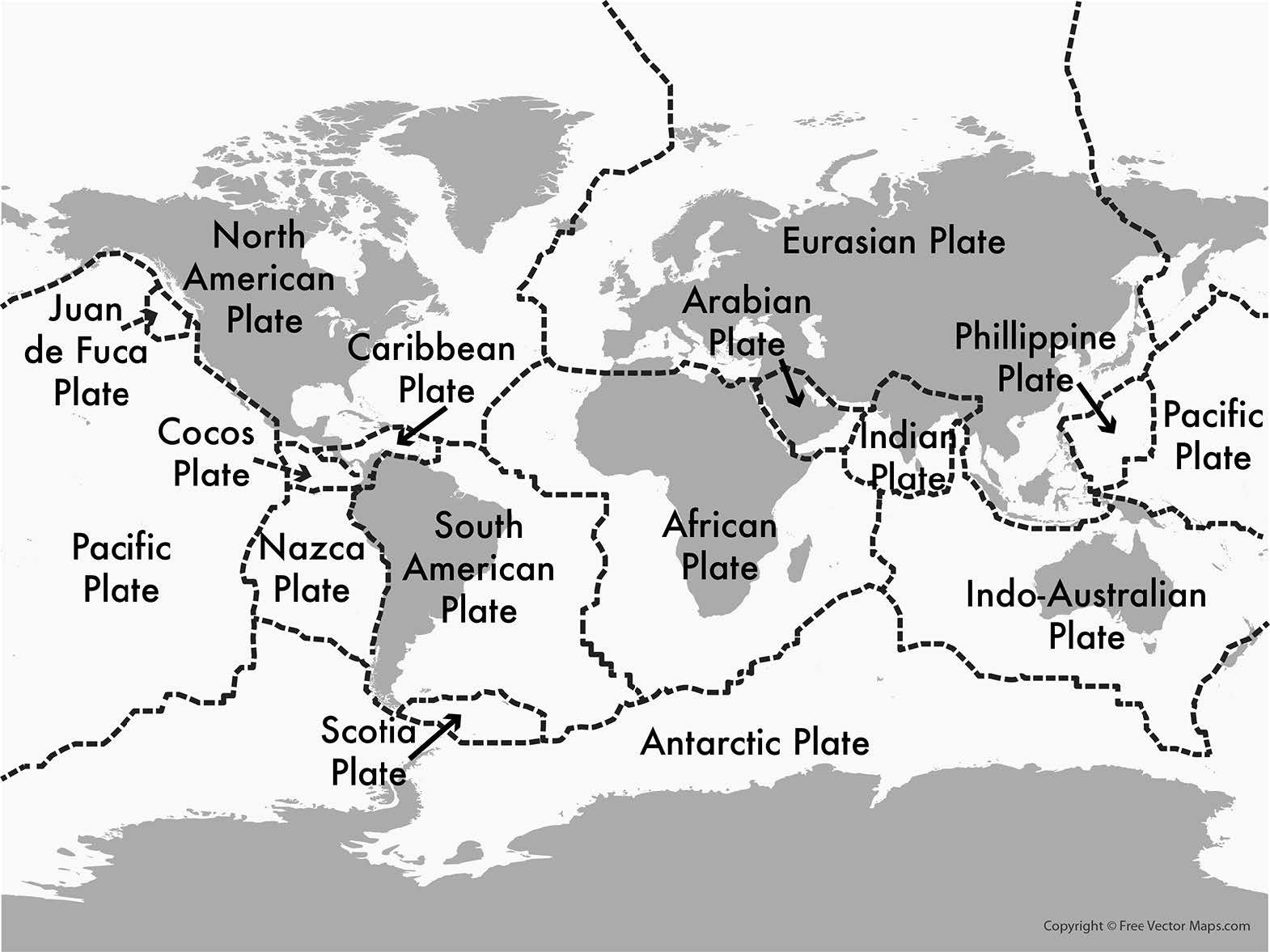
The Earth shakes. They Earth quakes. The windows rattle. The ground rumbles. It’s an earthquake! Earthquakes are dangerous. They can destroy buildings. They can destroy roads. They can hurt people.
What causes earthquakes? Why do they happen? As you know, the Earth is always moving. It spins on its axis. But did you know the Earth is always moving underneath, too?
The Earth is made up of layers. The top layer is the crust. It is hard. We live on the crust. It is made up of tectonic plates. The Earth is made up of about 12 plates. They fit together like pieces of a puzzle.
Under the crust is a layer of magma. This layer is called the mantle. Magma is always moving. Magma is a lot like lava. It is very hot. When it cools, it turns to rock. The magma moves the plates. The plates shift. They grind against each other. This causes an earthquake.
Some earthquakes are stronger than others. The strongest type is when one plate is pushed underneath another plate. The top one juts upward. The bottom one gets buried. This is called subduction.
Sometime subduction happens under the ocean. This can cause a tsunami. These are giant waves. The waves are unstoppable. A tsunami hit Japan and Indonesia in 2011. It killed thousands of people.
About 10,000 people die from earthquakes each year. But sometimes these numbers are much higher. A gigantic earthquake hit Haiti in 2010. It killed more than 300,000 people.
Scientists can measure how strong an earthquake is. They use the Richter scale. The scale goes from 1–10. One is a weak quake. Ten is the strongest and deadliest. No quake in history has reached 10.
Scientists cannot predict earthquakes. Earthquakes can happen anytime. But they know it’s more likely where two tectonic plates meet.



 About BeeLine
About BeeLine